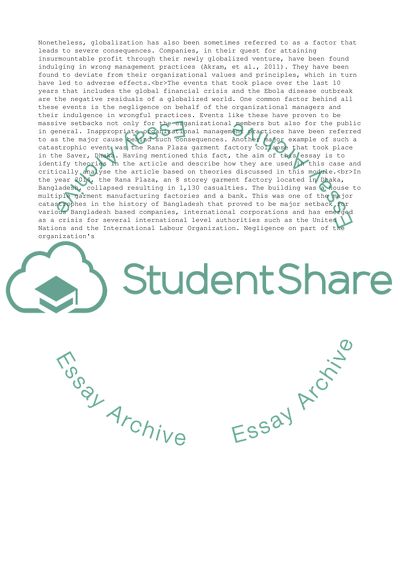Cite this document
(Principles of Organisation and Management Essay, n.d.)
Principles of Organisation and Management Essay. https://studentshare.org/management/1844218-principles-of-organisation-and-management
Principles of Organisation and Management Essay. https://studentshare.org/management/1844218-principles-of-organisation-and-management
(Principles of Organisation and Management Essay)
Principles of Organisation and Management Essay. https://studentshare.org/management/1844218-principles-of-organisation-and-management.
Principles of Organisation and Management Essay. https://studentshare.org/management/1844218-principles-of-organisation-and-management.
“Principles of Organisation and Management Essay”. https://studentshare.org/management/1844218-principles-of-organisation-and-management.


